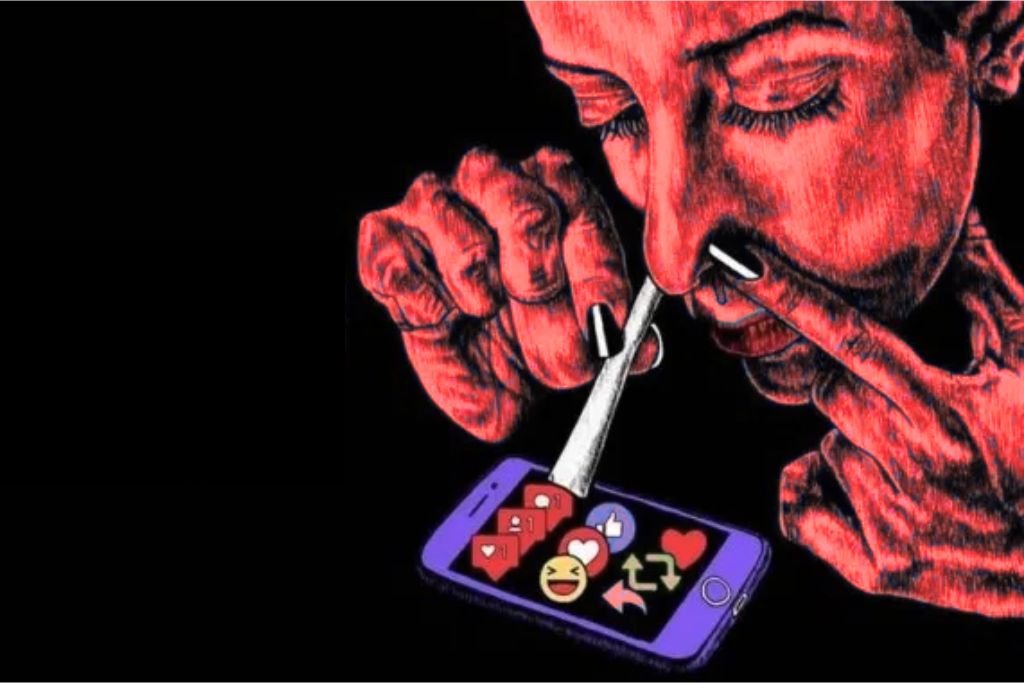In 1938, B.F. Skinner and his fellow scientists wanted to study how behavior is shaped by the environment.
What did they use?
Rats, of course (though using certain humans wouldn’t hurt either).
Anyway…
They put rats inside a box with a lever.
The rats quickly figured out that every time they pressed the lever, food came out.
Press the lever, eat, nap.
Get hungry, press the lever again and repeat.
Just like me on a rainy Sunday.
All good…
But then the scientists changed the rules.
Now the food only came out sometimes.
No pattern—maybe after two presses, maybe after twenty.
What happened?
The rats turned into casino-junkie mode.
They couldn’t stop pressing.
They became obsessive.
Even when the food stopped coming altogether, they kept pressing…
Because maybe the next one could be “the one”.
Sounds familiar?
Slot machines? Same trick.
Social media? Same trick.
That guy you’re waiting on to finally text back? Same.
We’re addicted to the uncertainty of the reward.
We know it. But we still can’t stop.
The uncomfortable truth:
We perform organ transplants.
We invented the internet and AI.
Build spaceships that reach Mars.
And yet… we’re still dopamine-driven zombies slamming levers.
The only difference is today’s rewards are likes, shares, and the desperate hope someone subscribe to our newsletter.
And what does this have to do with copywriting?
When you craft the copy of your site, you’re competing with dopamine traps everywhere.
If your copy just says:
“Take your vitamins”
“This molecule reduces inflammation”
Or worse, your website starts with “Our mission is to…”
…your audience’s dopamine starving brains have already moved back to cat reels.
But if you structure your copy using these lessons scientists showed us, you keep attention longer.
And people start reading.
Trusting.
And buying.
You just need to know how to do it.
Rat or Scientist?

